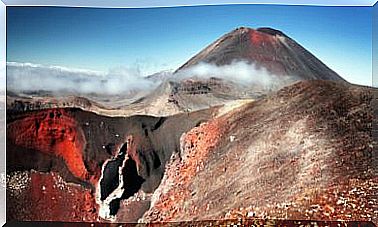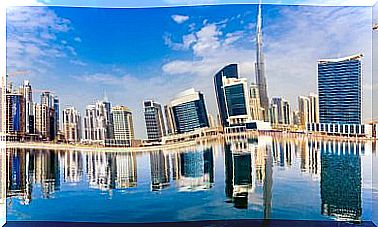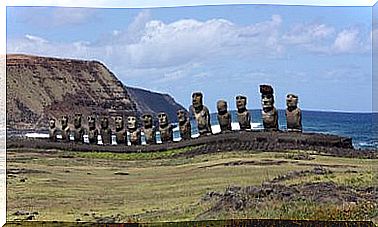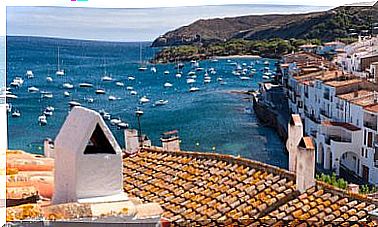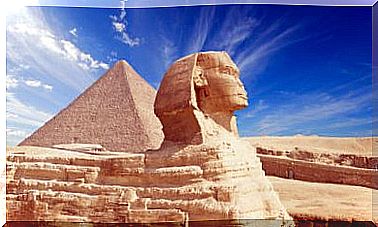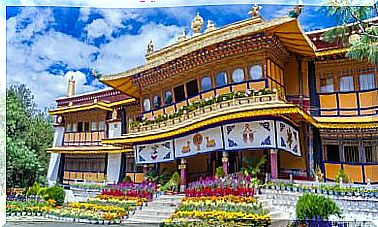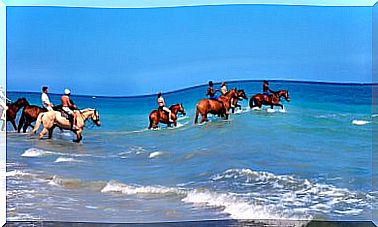Cape Town In South Africa Discover It!
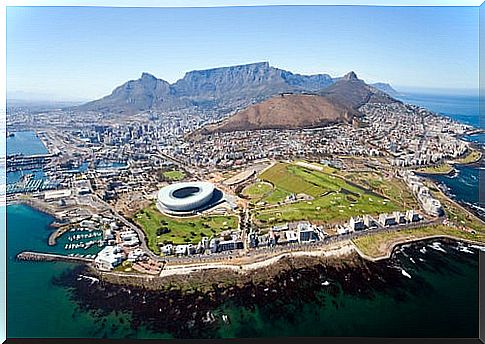
Cosmopolitan, commercial, port, colonial… this is how we could define Cape Town, the second largest metropolis in South Africa after Johannesburg. With a very interesting recent history (with Apartheid and Nelson Mandela at the helm) today it is presented as a perfect destination to learn about culture, traditions and even be in contact with nature. In this article we tell you about our adventure through Cape Town !
Cape Town, a bit of history
The history of this city began 12,000 years ago, but little is known about that time. We can start talking about what was written by the navigators who passed through the area, such as the case of the Portuguese Bartolomé Díaz and Vasco da Gama in 1486 and 1497 respectively.
A century and a half later , the Dutch East India Company, under Jan Van Riebeeck, established itself in the region as a station for ships traveling to the Indies. The nascent city took a long time to develop because no one wanted to live there. This was “solved” with the importation of slaves from Madagascar and Indonesia, whose descendants formed the first mestizo community.
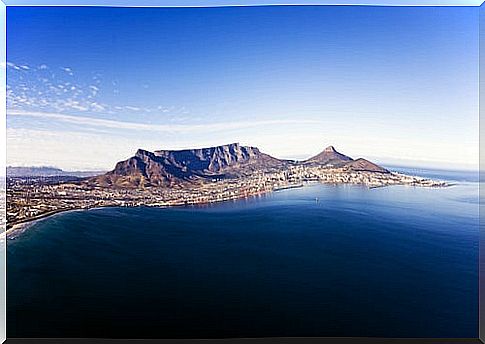
Cape Town was controlled by the Netherlands until 1780, when it passed into British hands. During the following years it was a “coming and going” of agreements and transfers of command until finally the territory was annexed to England.
Already in the last century, the Afrikaans Apartheid policy was established in the country and Cape Town was declared a “preferably mixed-race work area”. Nelson Mandela was imprisoned 10 kilometers offshore, on Robben Island, and in 1990 he delivered his speech from the balcony of the local municipal building.
What to see in Cape Town?
Learning a bit of history is necessary to know a place before or during the stay. On your tour you can recall these data depending on where you are. We recommend that you visit the following places :
Table Mountain
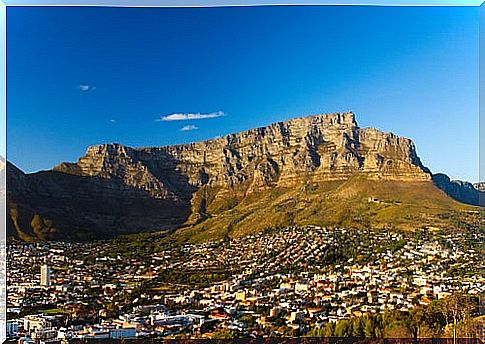
The city extends on the side of this mountain, a natural wonder of the world. You can see it from almost anywhere in the metropolis or, if you want, explore it up close. Go up using the cable car and get to know its rich biodiversity through its trails. In addition, you can have a complete view of Cape Town from the top.
Cape peninsula
To the southwest is located this 60-kilometer long peninsular mountain range that contains a reserve and natural park (Patrimonios de la Humanidad). In total, the peninsula has 7750 hectares and protects 250 species of birds, among other animals. It has a funicular and spaces to enjoy a picnic. Don’t forget to peek out at the southern end to see the Cape of Good Hope.
Robben Island
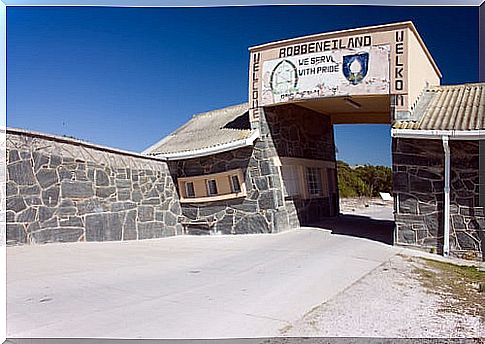
The old jail where Mandela spent 27 years is located in a completely isolated place, 10 kilometers from the coast. Today it is a museum and can be reached by ferry (do not miss the beautiful natural landscape of the surroundings).
Bo-kaap
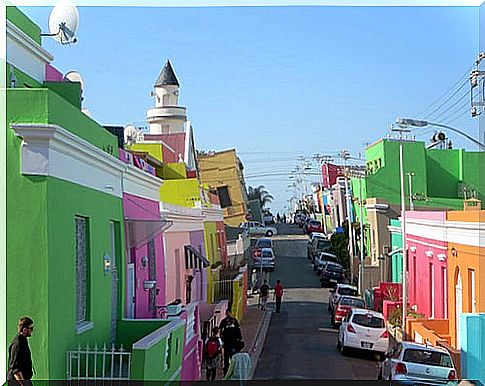
This is the most colorful neighborhood in Cape Town, along the Signal Hill its houses are painted in vibrant tones and will catch your eye. It is a historical enclave that protects the Malay culture. Be sure to visit its museum (the house dates from 1760) and the Islam Nurul mosque (opened in 1844).
Cape winelands

In case you didn’t know, South Africa in general and Cape Town in particular is one of the largest wine producers in the world. The cultivation began in colonial times (18th century) and thanks to the climate the quality of the product is very difficult to beat.
Within a radius of 200 kilometers around Cape Town we find vineyards that allow us to learn more about the production, as well as enjoy a quiet and relaxed environment.
Museums in Cape Town
In the heart of the city is the National Gallery of Art (opposite Company Gardens Park), which exhibits pieces of contemporary South African art.
Very close to there you can visit the Museum of Slavery (in one of the oldest buildings in the city), the Museum of Natural Sciences, the planetarium and, to learn about Apartheid, the District Six Museum (in the homonymous neighborhood) .
